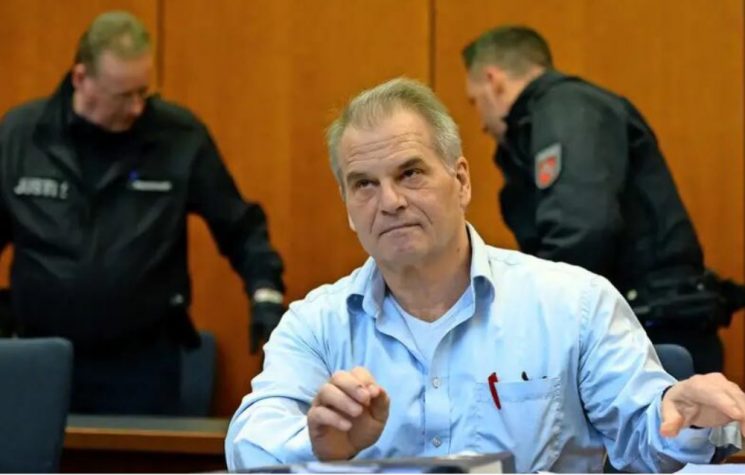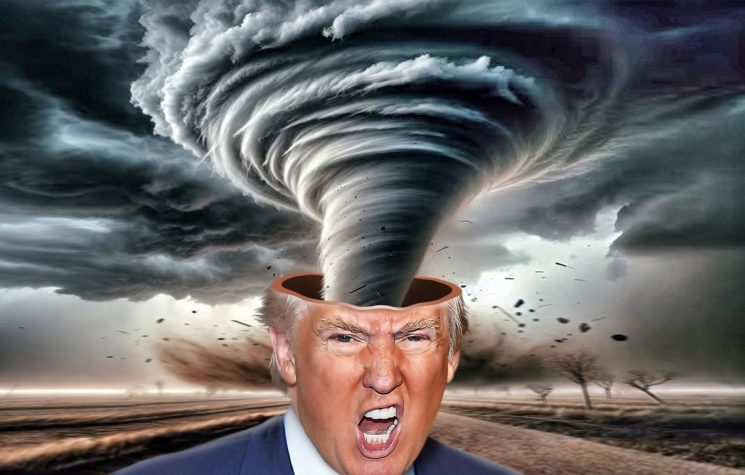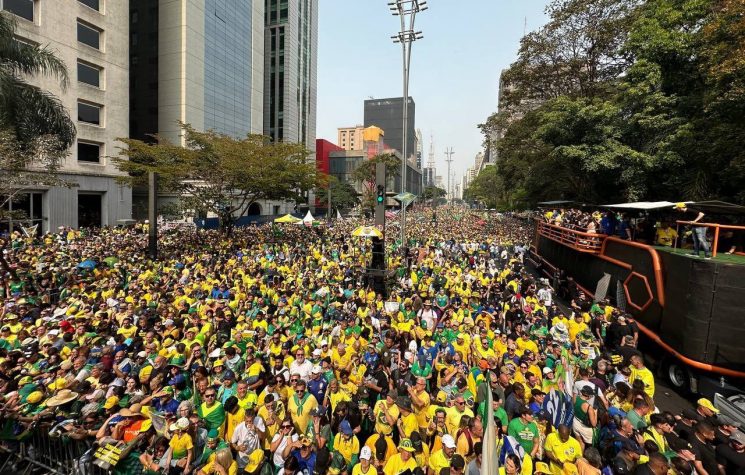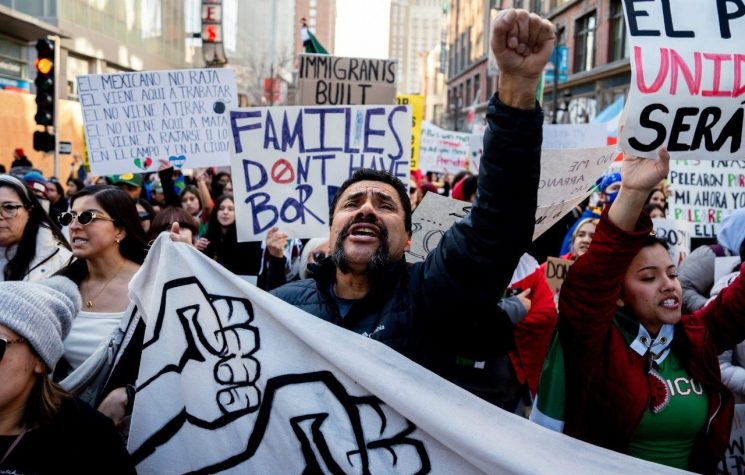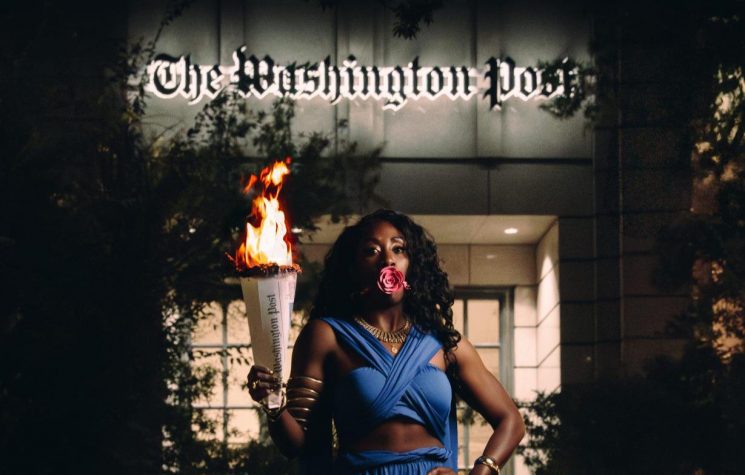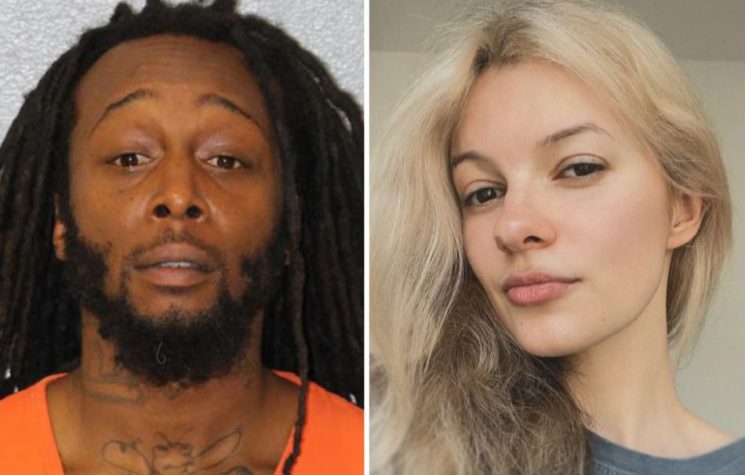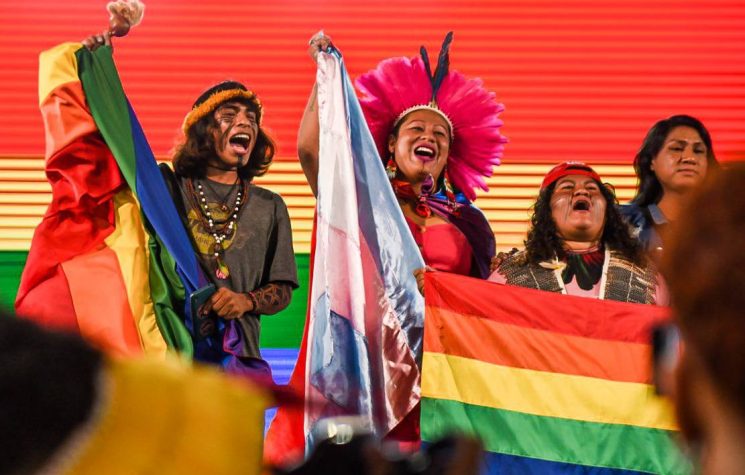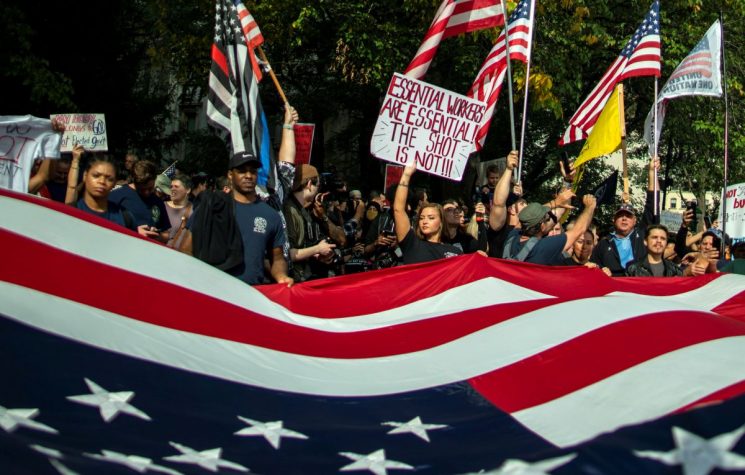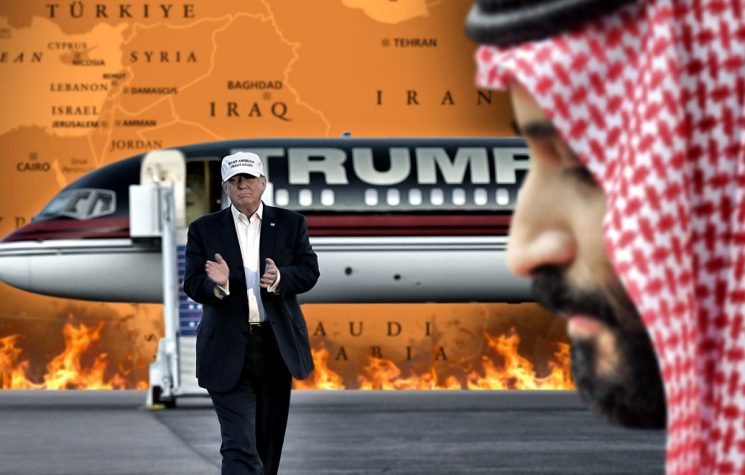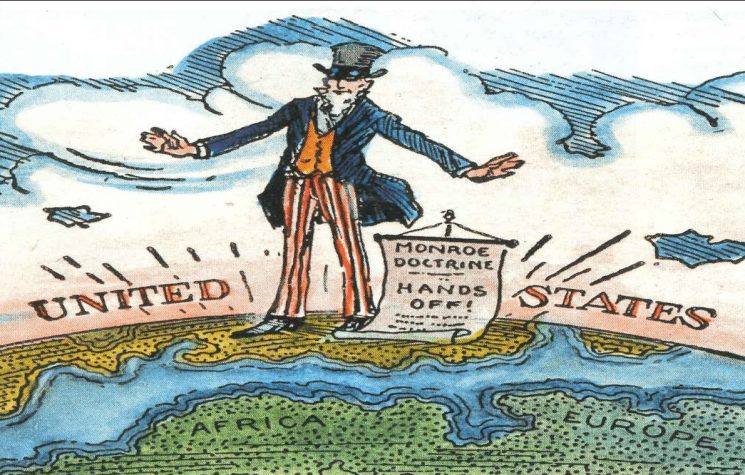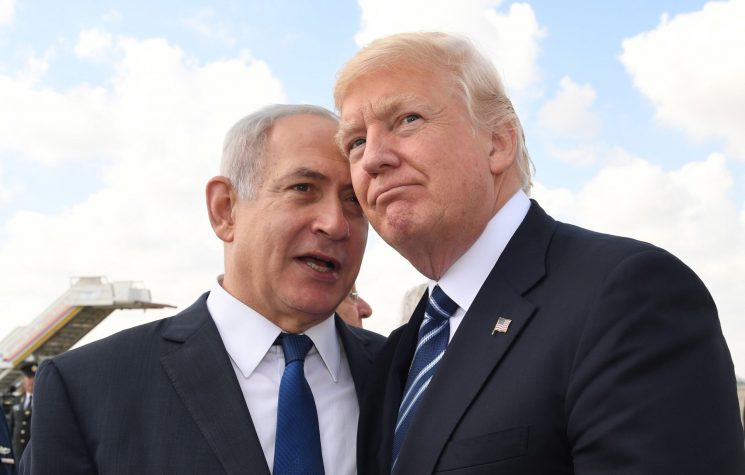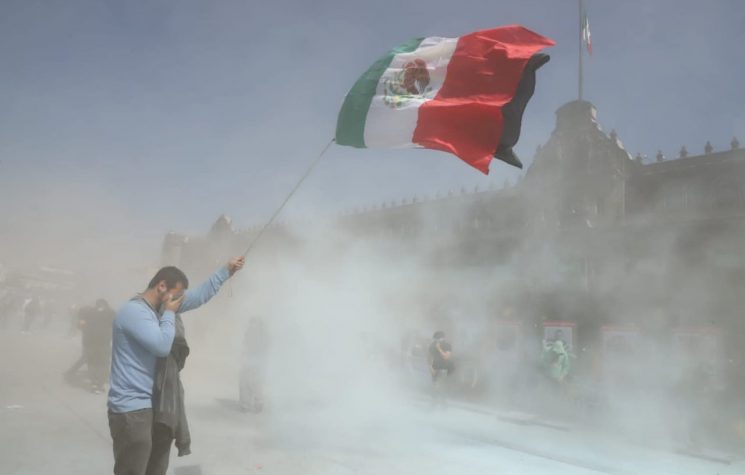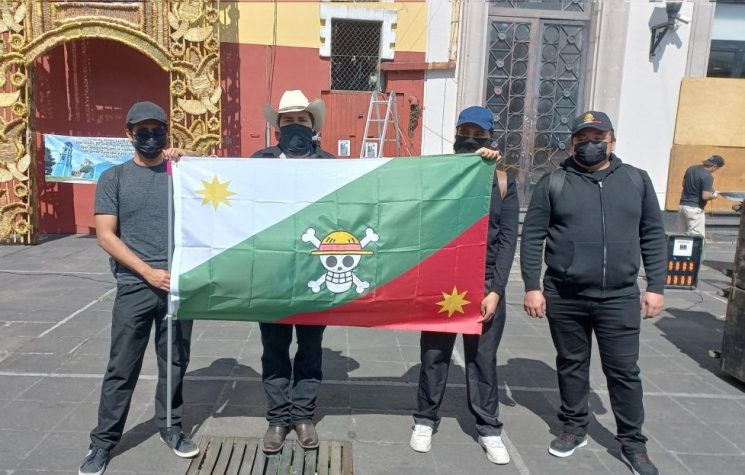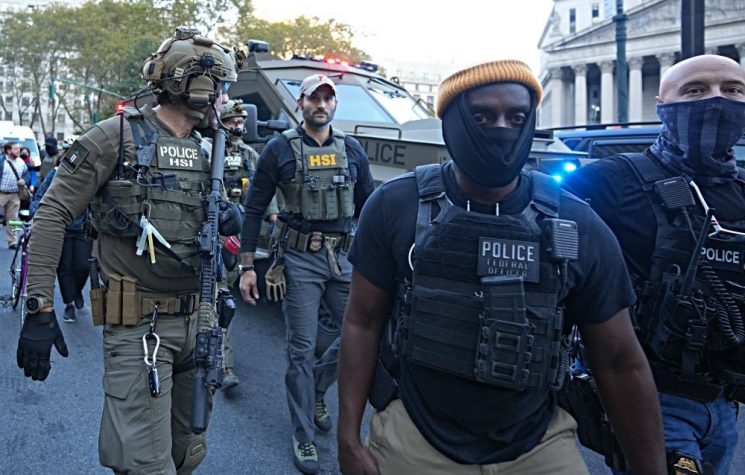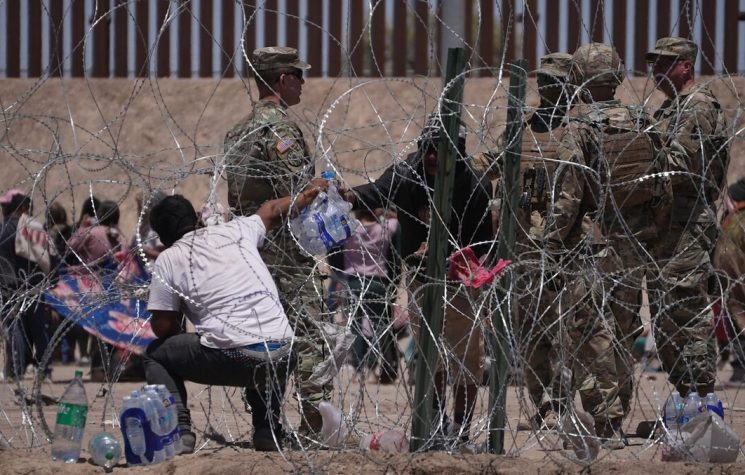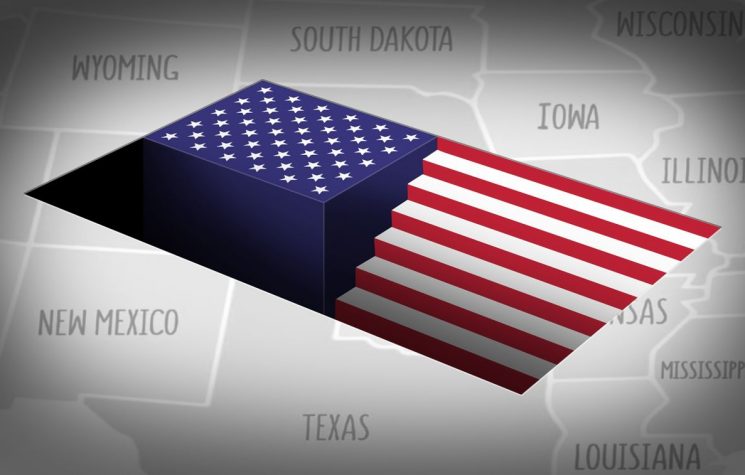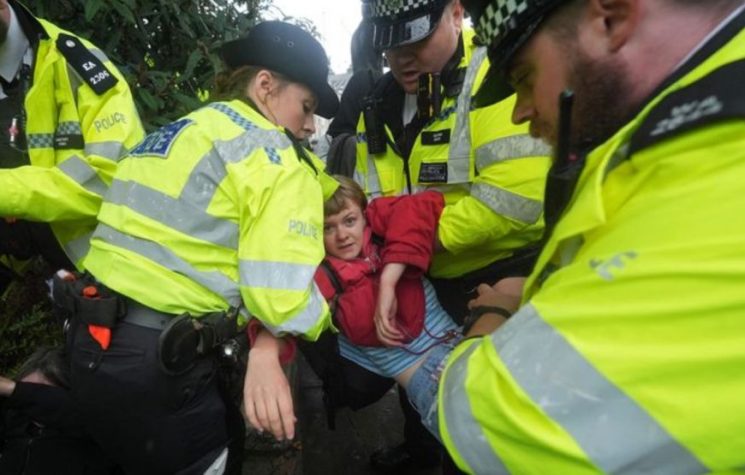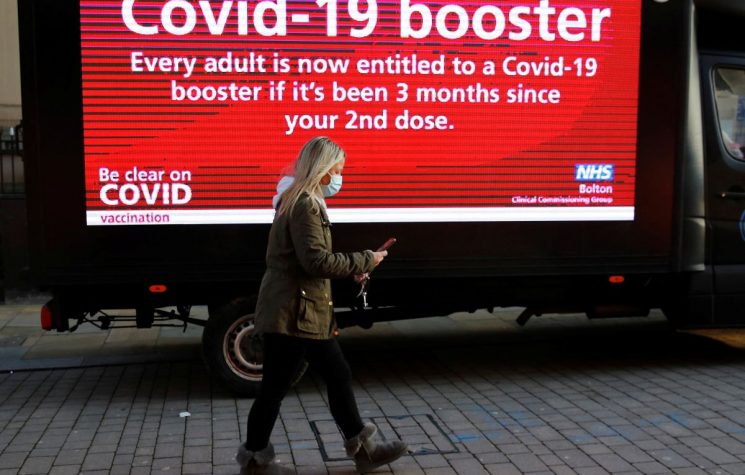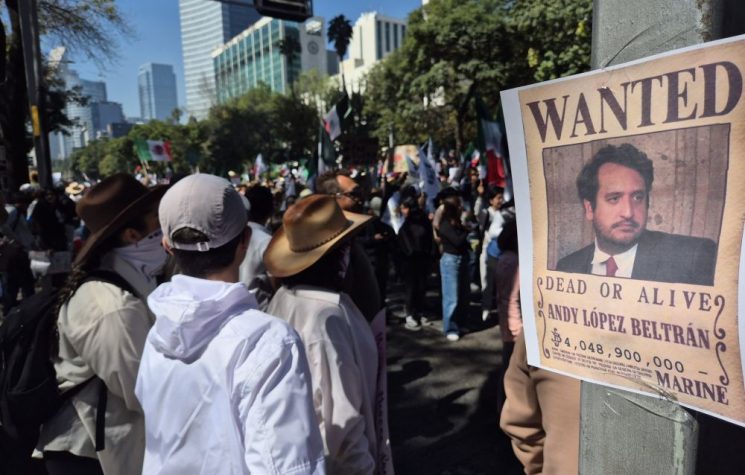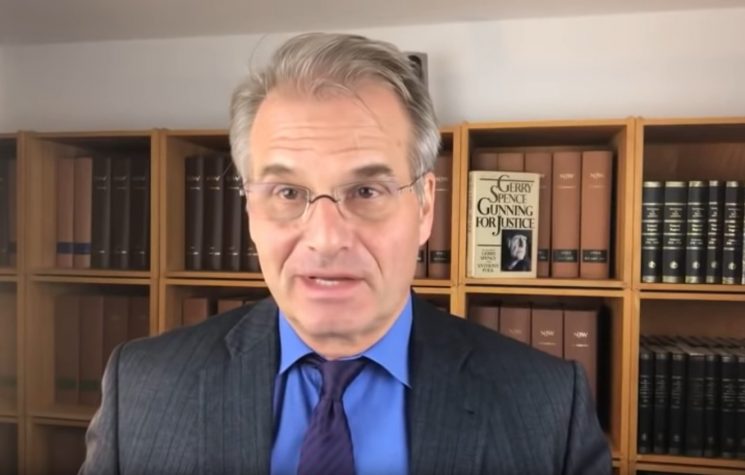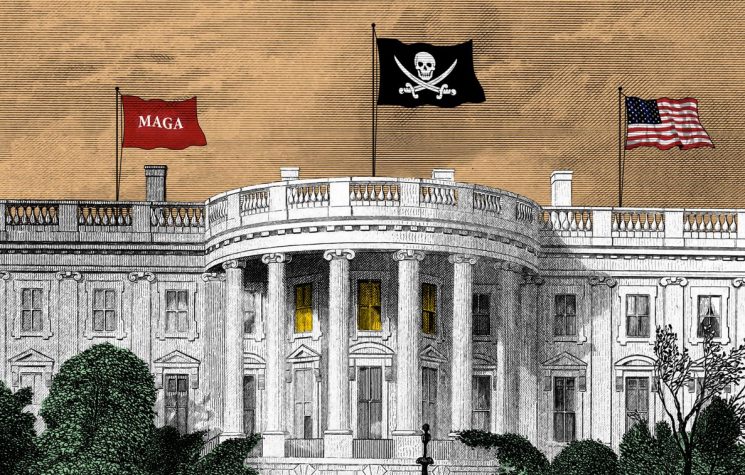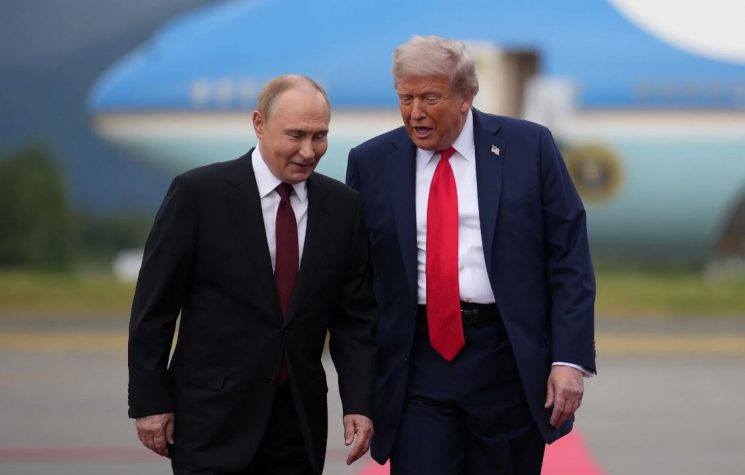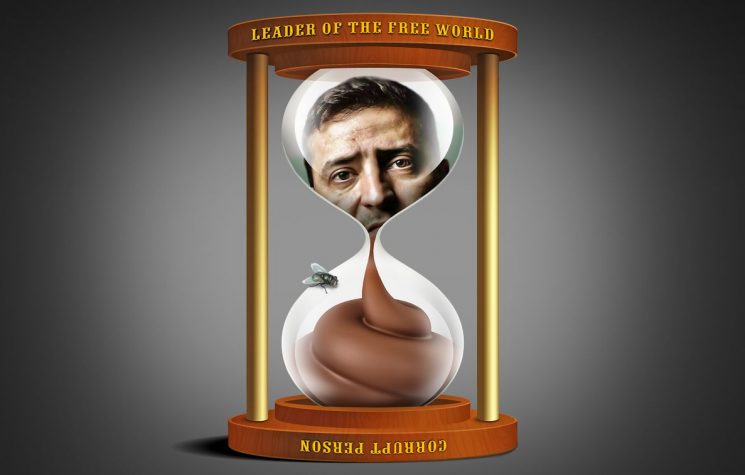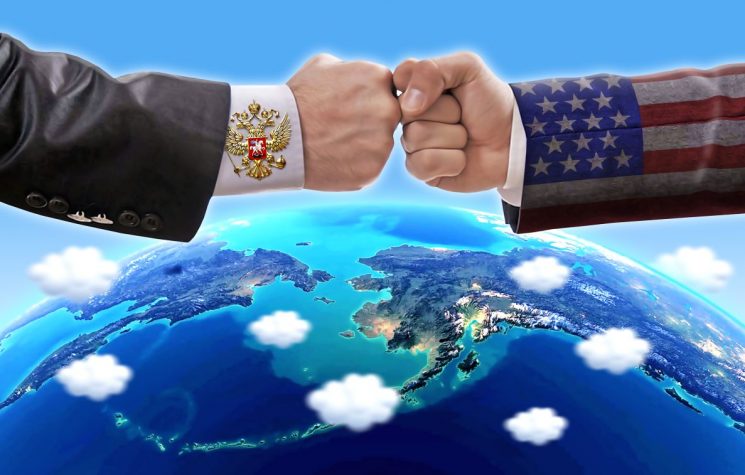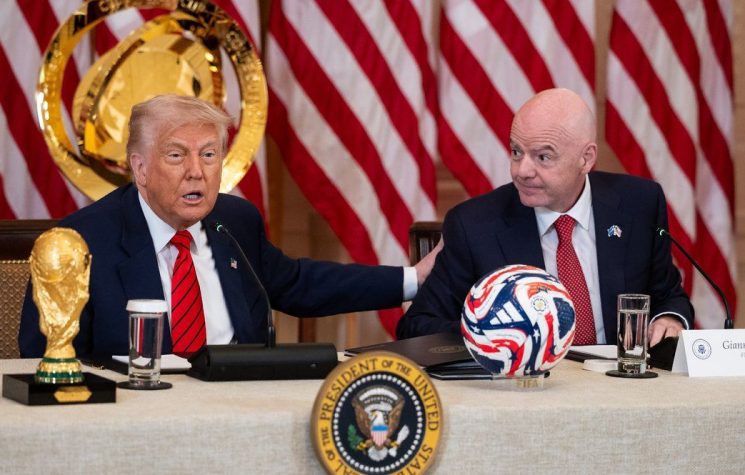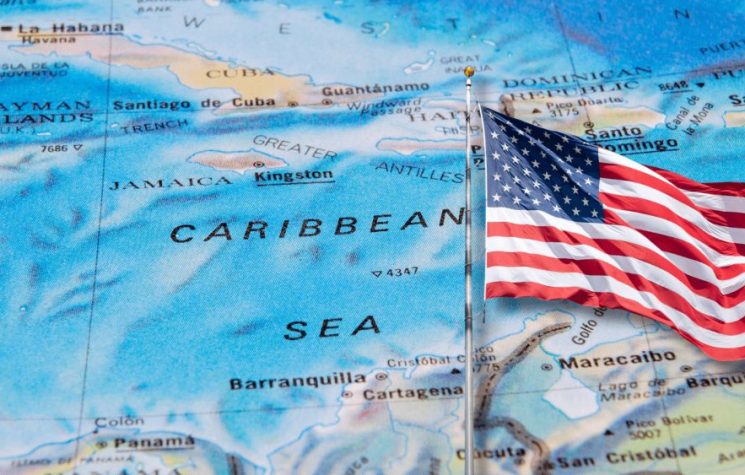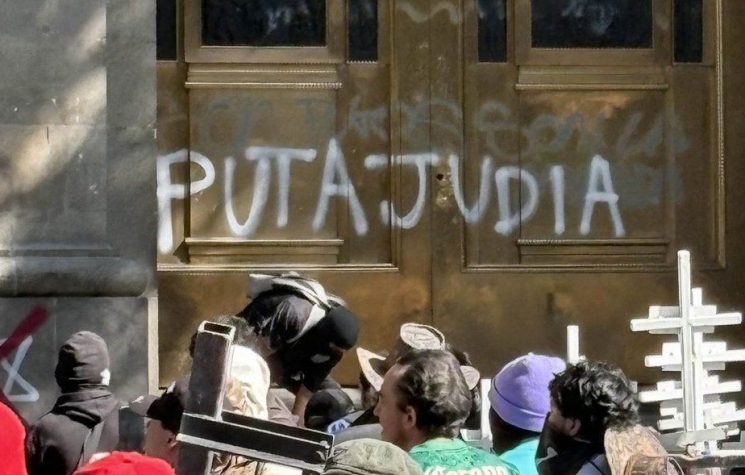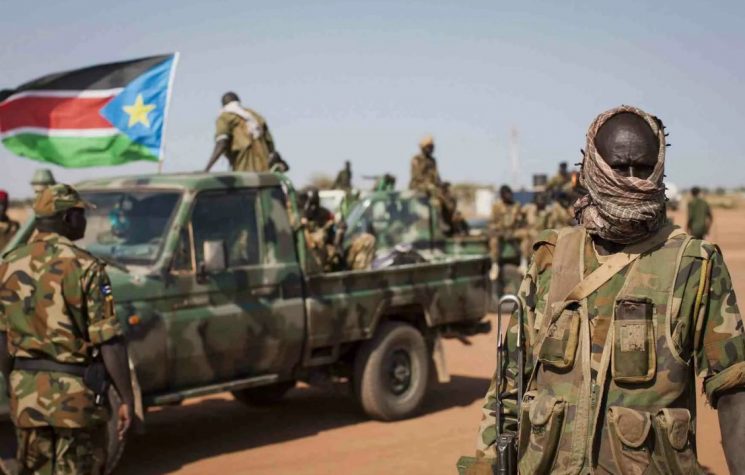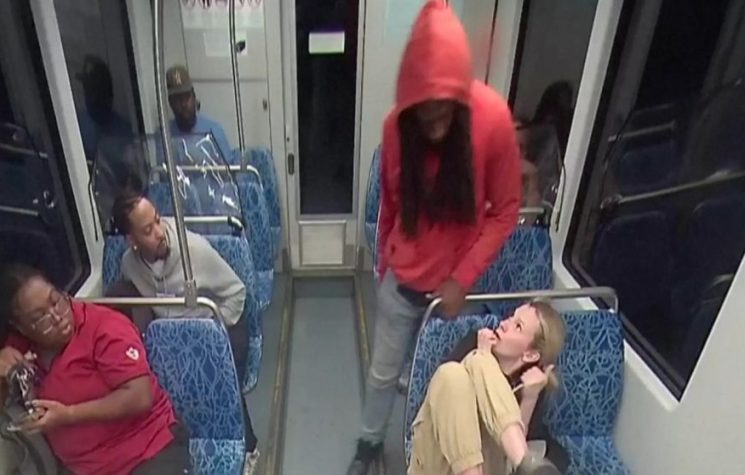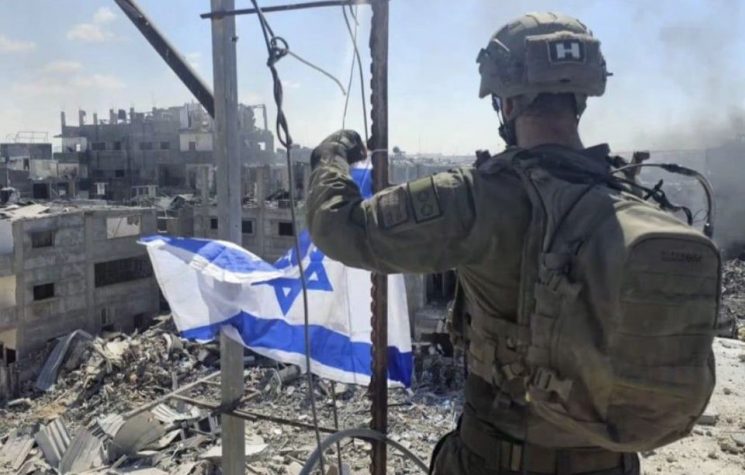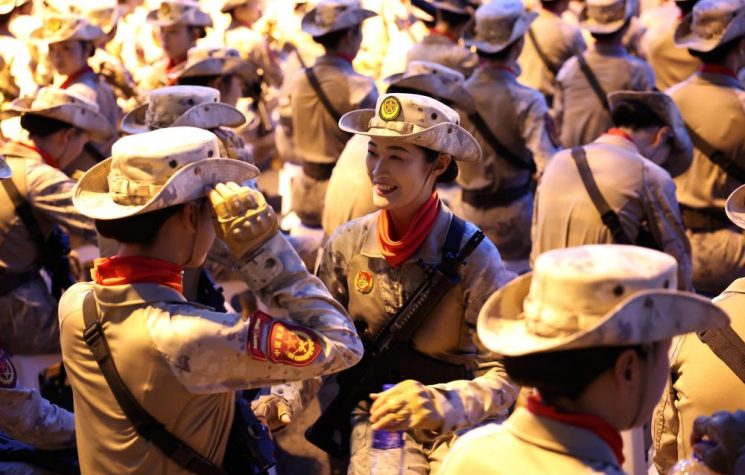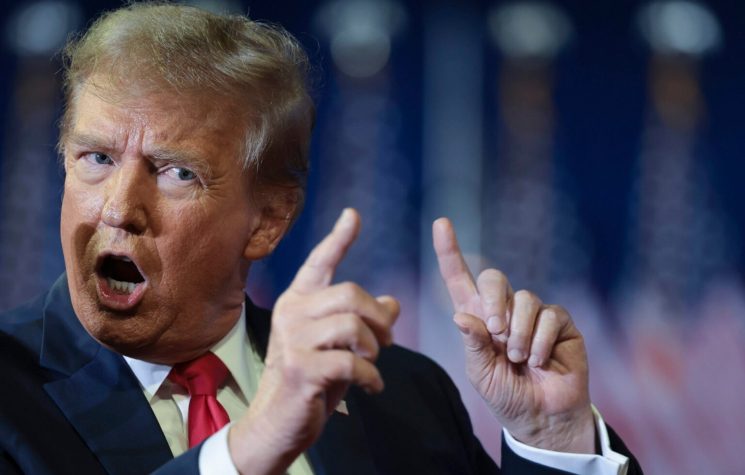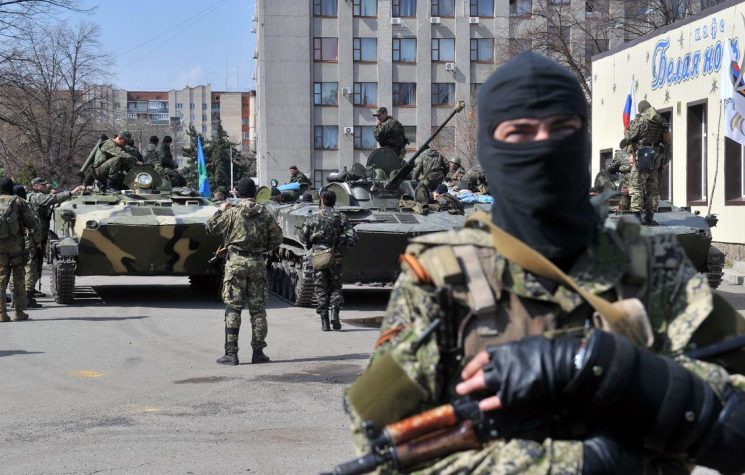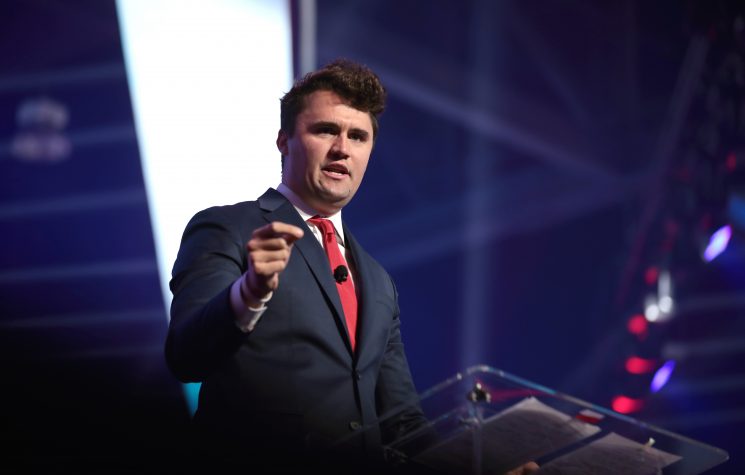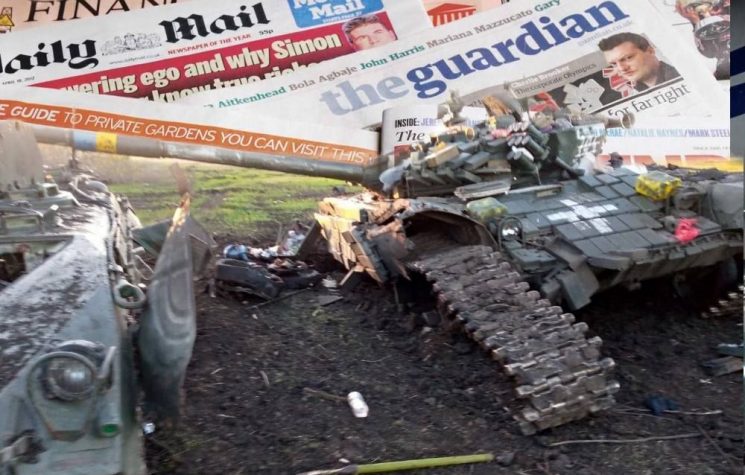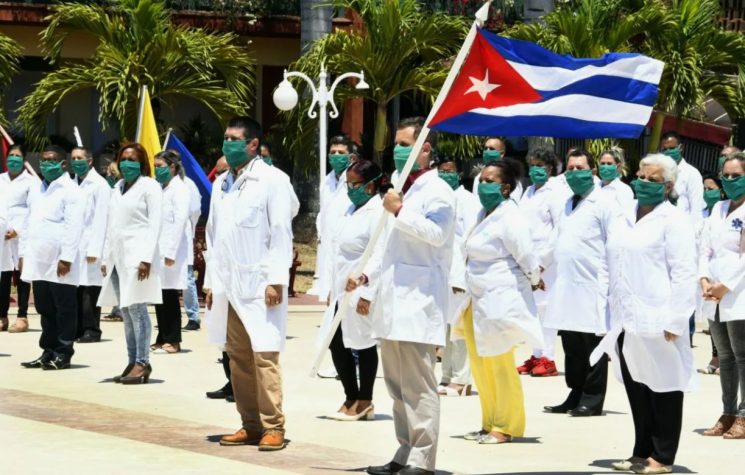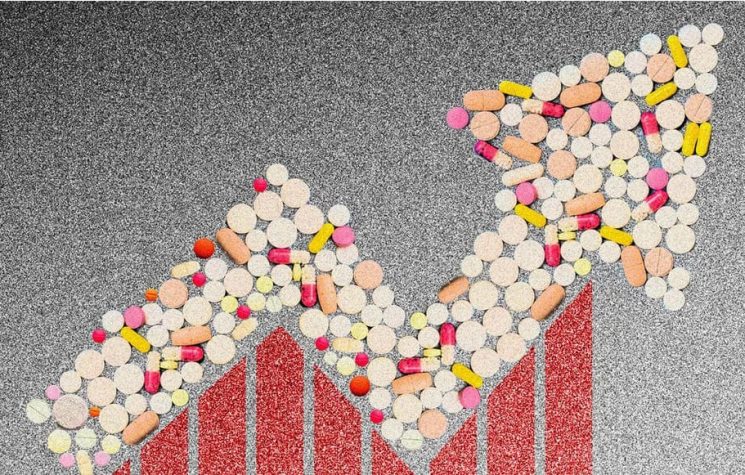Judging by the way the media and medical authorities are reprimanding public events organized by right-leaning organizations, it appears beyond doubt that the coronavirus outbreak is being used as a political weapon to influence the outcome of the 2020 presidential election.
In early August, an estimated 460,000 motorcyclists took part in the annual pilgrimage to South Dakota. The Sturgis Biker Rally, which has been a major draw since 1938, is a 10-day event that generates hundreds of millions of dollars in revenue, much of it made on alcohol-fueled fun and revelry. In other words, as the party poopers would say, the ideal conditions for a deadly virus to sweep through a broad swath of the population, leaving behind incalculable loss of life in its wake.
So now that the coronavirus has surpassed its Sturgis incubation period, how many reckless bikers lost their lives for not honoring social-distancing protocols at crowded hotspots for multiple days and nights on end? You may want to have a seat, this will shock you. The current death rate stands at just one (1) person. That’s right, as USA Today reported, the unidentified victim was a “Minnesota man…in his 60s and had underlying health conditions.” In other words, not exactly the sort of outcome one would expect under a code-red pandemic.
Nevertheless, a study by the IZA Institute of Labor Economics (which receives its funding, oddly enough, from Deutsche Post) has described the biker rally as a coronavirus “super spreading event” that led to an estimated $12.2 billion in public health costs. I repeat, $12.2 billion dollars all on a single Covid-related fatality. While not denying that all lives matter, that seems a bit over the top. So how did it happen?
Well, the authors of the study, using the latest location-tracking technology from SafeGraph Inc., received a digital readout of bikers congregating in Sturgis before getting back on their Harleys and taking their viral stowaways on a joyride around the country; a bit like the Black Death teaming up with Hell’s Angels. This noxious combination, the researchers say, accounted for 266,796 new cases of Covid-19. At this point, however, the authors take some real liberties with the figures.
“If we conservatively assume that all of these cases were non-fatal, then these cases represent a cost of over $12.2 billion, based on the statistical cost of a COVID-19 case of $46,000…,” they wrote. In other words, the assumption is made that all of the 266,796 individuals who contracted the virus required lengthy hospital care in order to recover from their illnesses. Yet considering that the majority of people who have COVID are asymptomatic, or are able to recover at home without medical attention, the $12.2billion dollar price tag for the biker rally appears immediately suspicious.
SD governor criticizes study suggesting #SturgisBikeRally led to 260,000 #COVID19 cases https://t.co/CLsW75GkQR via @USATODAY #SturgisRally #SturgisSuperspreader
— Dana Fairbanks MD #ForProfitHealthcareIsImmoral ? (@dcfairbank) September 9, 2020
Indeed, in the very next line (page 30, second paragraph of said study) it is admitted that “[T]his is by no means an accurate accounting of the true externality cost of the event, as it counts those who attended and were infected as part of the externality when their costs are likely internalized (i.e. their recovery was paid out of pocket, assuming expenditures were required).”
The authors continue: “However, this calculation is nonetheless useful as it provides a ballpark estimate as to how large of an externality a single superspreading event can impose, and a sense of how valuable restrictions on mass gatherings can be in this context.”
Don’t you just love it when esteemed researchers use the word “ballpark” in their studies?
Dr. Jeffrey Klausner, a leading epidemiologist with no apparent political ax to grind, told the Daily Beast in an interview that the study’s estimate that the additional cases cost billions of dollars was “absurd.” Yet few people are likely to ever hear that professional opinion; instead, what will stick in their mind is the screaming headline that Sturgis was a ‘super spreader event’ with a $12.2 billion dollar price tag.
The other messages being reinforced is that mass gatherings at a time of a pandemic are verboten and, furthermore, the authorities now have the ability to digitally trace people by accessing their cellphones wherever they go. Yet that disturbing knowledge only draws further attention to the elephant in the sick room: ‘Why are left-leaning protest groups, like Black Lives Matter and Antifa, not getting tagged as ‘super spreader’ events as are church gatherings, motorcycle rallies and, perhaps most tellingly, Trump rallies? Indeed, Twitter blue checks have been nothing but kind and courteous to the ‘peaceful protestors.’
Perspective: 93% of racial-justice protests that swept U.S. this summer remained peaceful and nondestructive.
New rpt logs 7,750 protests 05/26-08/22 linked to #BlackLivesMatter movement in 2,400 locations across all 50 states and DC.
Via @washingtonpost https://t.co/UK6jA7y44q— Robert P. Jones (@robertpjones) September 4, 2020
By way of experiment, do a Google search for ‘black lives matter covid super spreader.’ The result shows one article after another asserting that the months-long protest movement, which continues to see random acts of violence flare up across the country, did nothing to contribute to an uptick in Covid infections. In fact, the third offering by the search monster is an article by The Colorado Sun with a headline declaring ‘Black Lives Matter protests may have slowed overall spread of coronavirus…’ The story focuses on the only study to date that examines the correlation between BLM protests and the transmission of Covid in the population.
Relying on cellphone tracing technology similar to the Sturgis study, the team of economists (not epidemiologists, mind you) came up with a shockingly different conclusion from that of Sturgis: “We find no evidence that urban protests reignited COVID-19 case or death growth after more than five weeks following the onset of protests. We conclude that predictions of population-level spikes in COVID-19 cases from Black Lives Matter protests were too narrowly conceived because of failure to account for non-participants’ behavioral responses to large gatherings.”
The amount of damage BLM has done in the past few weeks is incalcuable. Not to mention the number of people who weren’t racist before and have become racist BECAUSE of them. https://t.co/4Ms1AHs4iI
— Brandon Straka (@BrandonStraka) June 21, 2020
Now had the BLM researchers really wanted to, they also could have performed the same numbers magic trick with the data that the Sturgis researchers did. After all, the whole notion as to exactly who is a COVID ‘carrier’ has become almost meaningless, or at the very least open to all sorts of speculation. The way the mortality figures have been manipulated around the country – with ‘COVID’ being stamped on the death certificates of people who died from completely different causes, like motorcycle crashes – naturally makes any study less reliable.
Moreover, a number of medical authorities actually came out in defense of the Black Lives Matter protests, arguing it was more crucial for the public to take a stand against ‘systemic racism’ than to protect the public from the scourge of a pandemic.
“In this moment the public health risks of not protesting to demand an end to systemic racism greatly exceed the harms of the virus,” tweeted Jennifer Nuzzo in early June. No, Miss Nuzzo is not a fervent member of some activist group, like BLM or Antifa, for example, but is a Senior Scholar at the Johns Hopkins Center for Health Security.
At the same time, Dr. Tom Frieden, a senior fellow at the Council of Foreign Relations, said something equally disturbing when he tweeted, on the very same day as his above colleague, “The threat to Covid control from protesting outside is tiny compared to the threat to Covid control created when governments act in ways that lose community trust…”
It sounds like some people are sharing talking points at a very high level. But why?
Whatever the answer, it is rather remarkable that just as the BLM protests were breaking out across the country, at a time when churches, businesses, sporting events and political rallies were being shut down, a number of leading doctors were telling the locked up public that the ‘mostly peaceful’ protests were more important than protecting citizens from a pandemic.
That is not only remarkable, it is simply unbelievable.








